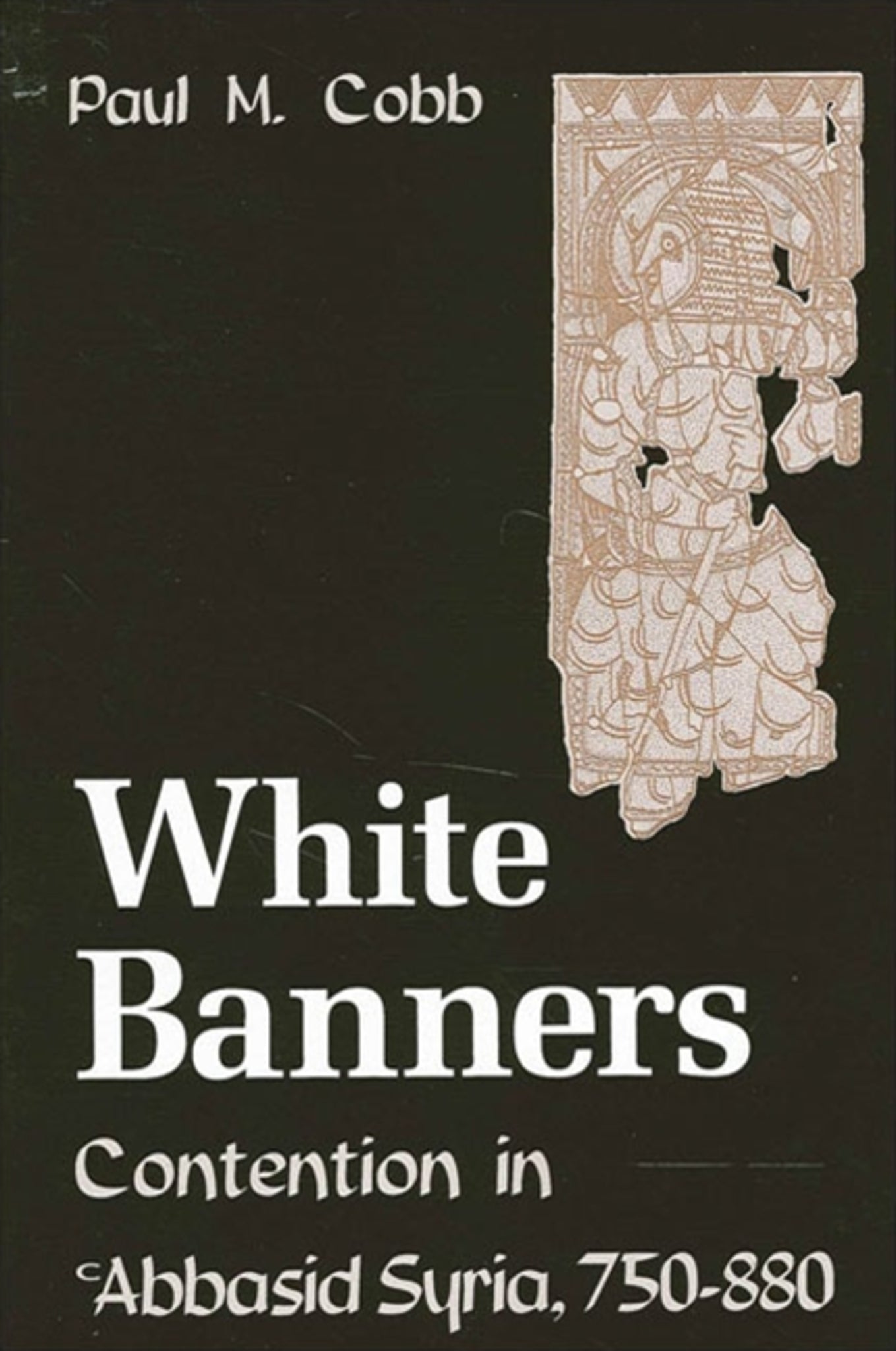We're sorry. An error has occurred
Please cancel or retry.
White Banners

Some error occured while loading the Quick View. Please close the Quick View and try reloading the page.
Couldn't load pickup availability
- Format:
-
22 March 2001

Examines the fall of the Syrian Umayyad caliphate and the rise of the 'Abbasid state, predominantly from the view of the local inhabitants of medieval Syria.
Using Arabic, non-Arabic and newly available local Syrian sources, this richly detailed study examines the central events of medieval Islamic history: the fall of the Syrian Umayyad caliphate and the rise of the 'Abbasid state. As the 'Abbasids forged their new state from Iraq, Syrians raised their white banners of opposition and violently contested the changes that occurred under the 'Abbasid rule. As a result, the Syrian population quickly gained a reputation as uniquely contentious. White Banners traces the divergent fates of Syria's populace in their shift from center to periphery, rooting the many sources of Syrian contention in the nature of early Islamic provincial government. The book also provides answers to key questions concerning the history of medieval Syria: what strategies did the 'Abbasid government use to rule their new province? What was the fate of the Umayyads in Syria who survived the revolution? How did Syria's tribal-military elite cope under new masters? What pushed the common folk to violence?


"Cobb does an excellent job of situating a series of sophisticated case studies, as well as providing his analysis of the politics of contention within the larger context of the historiography (Syrian and Iraqi; medieval and modern) on late Umayyad and early 'Abbasid history."— James E. Lindsay, Colorado State University
Acknowledgments
A Note on Transliteration, Place Names, and Dates
Abbreviations
1. Introduction
Early Islamic Syria: An Overview
Contentious Syrians
2. Who Will Act Equitably Between the People?: The Dynamic of Provincial Power in Syria
Administrative Geography in the "Syrias"
The Dynamic of Provincial Power
3. A Good Reputation and Supporting Hands: Provincial Governors and Provincial Rebellion
The Limits of Central Control, I: Early 'Abbasid Strategies
'Abbasid Kinsmen
The Revolt of 'Abd Allah b. 'Ali
The Rise of the Banu Salih
The Khurasaniyya and 'Abbasid Clients
The Limits of Central Control, II: Continuities and Changes After the Fourth Civil War
Al-'Abbas b. al-Ma'mun and the Accession of al—Mu'tasim
Syria and Samarra
The Strange Success of 'Isa b. al-Shaykh
The Last Governors of Early 'Abbasid Syria
Conclusion
4. The Swords of Our Forefathers: Umayyads and the Alternatives to 'Abbasid Rule
'Abbasid "Revolution" and Umayyad "Rebellion"
Stemming the Ride: Abu al-Ward and Abu Muhammad al-Sufyani
Other Umayyad Counterrevolts
Umayyad Legitimacy in the 'Abbasid Age
Apocalyptic in Action: The Revolt of Abu al-Umaytir
Context and Outbreak
The Qaysiyya Respond
The Aftermath of the Revolt
Conclusion
5. As One Face, Your Faces Are Marred: 'Asabiyya and the Ashraf of Syria
A Short History of Factionalism in Syria
The Umayyad Background
The Third Civil War
The Reign of Marwan II
Initial Reactions to the 'Abbasid Revolutions in Syria
The Joint Revolt of Habib b. Murra and Ibn Suraqa
The Crisis of the Ashraf
The Revolt of Abu al-Haydham al-Murri
The Revolt Erupts
Denouement
Other Early Outbreaks of Factionalism
The Ashraf of Syria and the Fourth Civil War
Syria under the Ashraf
Central Authority Restored
The End of the Ashraf
Conclusion
6. Worst Elements: The Impolitics of Unnotables in 'Abbasid Syria
Urban Violence and the Lower Strata
The Constraints upon Rural Contention
The Revolt of Bundar/Theodore
Abu Harb al-Mubarqa
Banditry and the Zawaqil
Conclusion
7. Conclusion: Standards of Revolt
The View from Syria
Contextualizing Syria
Questions
Appendix A: Governors of the jund of Dimashq
Appendix B: Governors of the jund of Qinnasrin
Appendix C: A Chronology of Contention in Syria
Notes
Works Cited
General Index
Prosopographical Index



